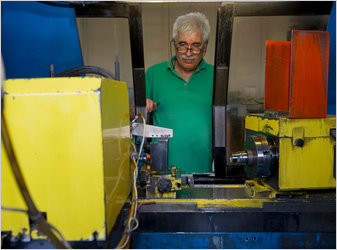One of the biggest issues tackled in the Fourth Revolution book is how to measure value in the Collaborative Age.

Conventional accounting, a practice of the Industrial Age, cannot measure effectively the value creation of loose collaborative networks, of data management and sharing, of the Long Tail.
It gives a much too restrictive view of Value.
It considers people as expenses and inventory as an asset. We know today that’s quite the contrary – yet we still use conventional accounting as a habit.
So, with what should accounting be replaced? Should it be a development of accounting or a total revamp of a value creation system?
How can we estimate the value of Facebook and Google? Their financial results (accounting) probably only measure a very small proportion of the value they create to the world!
Any suggestions?






